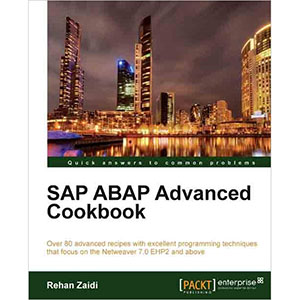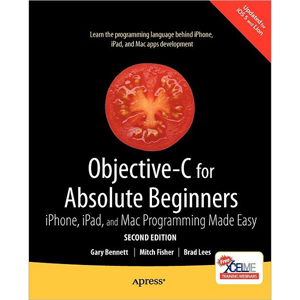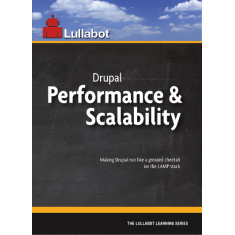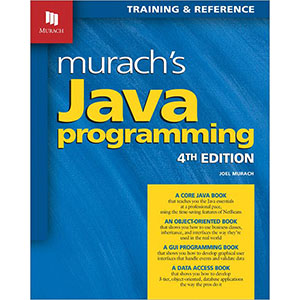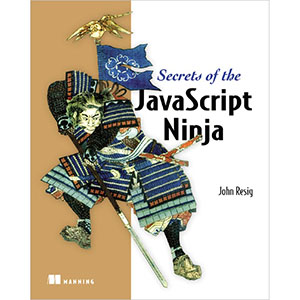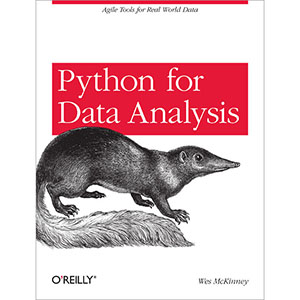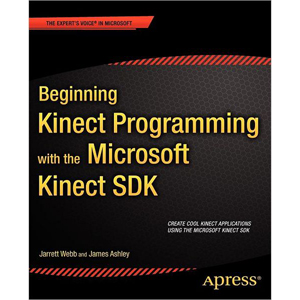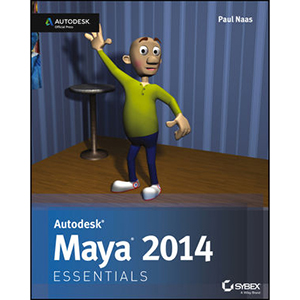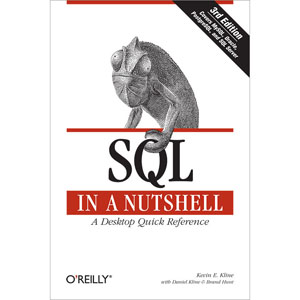Mac OS X and iOS Internals: To the Apple’s Core
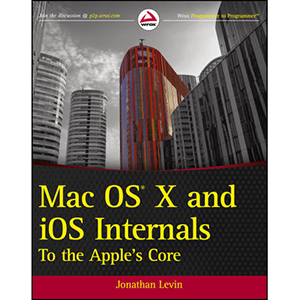
An in-depth look into Mac OS X and iOS kernels
Powering Macs, iPhones, iPads and more, OS X and iOS are becoming ubiquitous. When it comes to documentation, however, much of them are shrouded in mystery. Cocoa and Carbon, the application frameworks, are neatly described, but system programmers find the rest lacking. This indispensable guide illuminates the darkest corners of those systems, starting with an architectural overview, then drilling all the way to the core.
- Provides you with a top down view of OS X and iOS
- Walks you through the phases of system startup—both Mac (EFi) and mobile (iBoot)
- Explains how processes, threads, virtual memory, and filesystems are maintained
- Covers the security architecture
- Reviews the internal Apis used by the system—BSD and Mach
- Dissects the kernel, XNU, into its sub components: Mach, the BSD Layer, and I/o kit, and explains each in detail
- Explains the inner workings of device drivers
From architecture to implementation, this book is essential reading if you want to get serious about the internal workings of Mac OS X and iOS.
From the Back Cover
Peeling Apple’s Operating Systems
System-level developers, kernel hackers, and intrigued Apple-lytes, take heed: This book lets you explore the nooks and crannies of Mac OS X and iOS, delving into the architecture of both systems, and picking up where the frameworks (and documentation) leave off. It offers clear, detailed explanation of the inner workings of Apple’s systems, including proprietary APIs, most of which are documented for the first time.
As you traverse the architecture, moving from user to kernel mode, each layer and component is unraveled with annotated code samples and hands-on experiments, comparing and contrasting its implementation in both OSes. Topics include:
- The boot process: Mac’s EFI, iOS’s iBoot, and kernel startup
- Processes, threads, and virtual memory management
- Debugging and profiling, using DTrace, ptrace, and hidden system calls
- The system level APIs: POSIX calls, Mach traps, and OS X/iOS proprietary
- File system architecture, including VFS and HFS+
- Network architecture: from sockets to interfaces, and network drivers
- Kernel extensions, drivers, and a discussion of I/O Kit architecture
- Security features, Mandatory Access Control, and iOS jail
The companion web site (http://www.newosxbook.com) includes sample programs, freely downloadable tools, updated references, and bonus additions.
Table of Contents
Part I: For Power Users
Chapter 1. Darwinism: The Evolution of OS X
Chapter 2. E Pluribus Unum: Architecture of OS X and iOS
Chapter 3. On the Shoulders of Giants: OS X and iOS Technologies
Chapter 4. Parts of the Process: Mach-O, Process, and Thread Internals
Chapter 5. Non Sequitur: Process Tracing and Debugging
Chapter 6. Alone in the Dark: The Boot Process: EFI and iBoot
Chapter 7. The Alpha and the Omega — launchd
Part II: The Kernel
Chapter 8. Some Assembly Required: Kernel Architectures
Chapter 9. From the Cradle to the Grave — Kernel Boot and Panics
Chapter 10. The Medium Is the Message: Mach Primitives
Chapter 11. Tempus Fugit — Mach Scheduling
Chapter 12. Commit to Memory: Mach Virtual Memory
Chapter 13. BS”D — The BSD Layer
Chapter 14. Something Old, Something New: Advanced BSD Aspects
Chapter 15. Fee, FI-FO, File: File Systems and the VFS
Chapter 16. To B (-Tree) or Not to Be — The HFS+ File Systems
Chapter 17. Adhere to Protocol: The Networking Stack
Chapter 18. Modu(lu)s Operandi — Kernel Extensions
Chapter 19. Driving Force — I/O Kit
Book Details
- Paperback: 864 pages
- Publisher: Wrox (November 2012)
- Language: English
- ISBN-10: 1118057651
- ISBN-13: 978-1118057650
